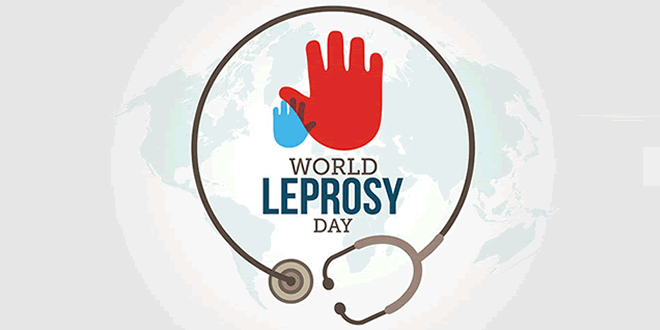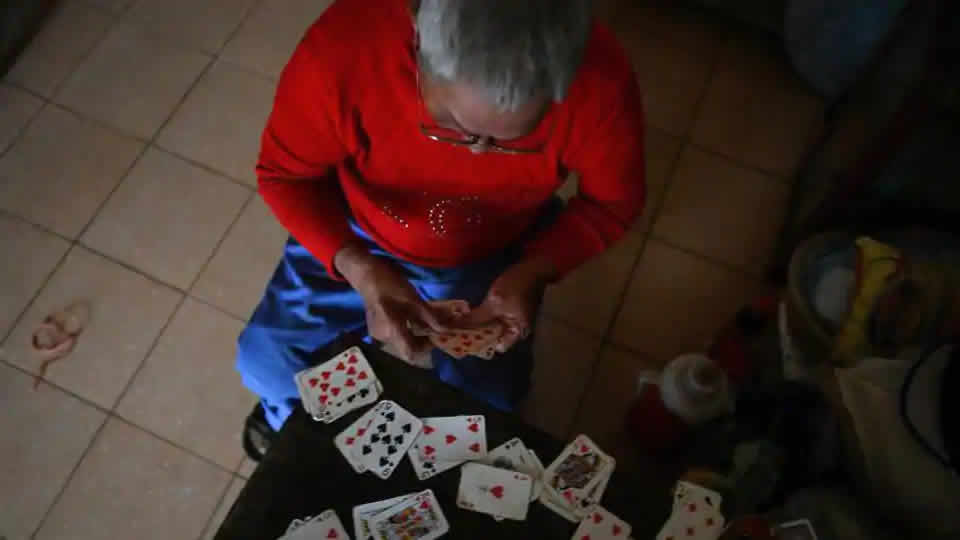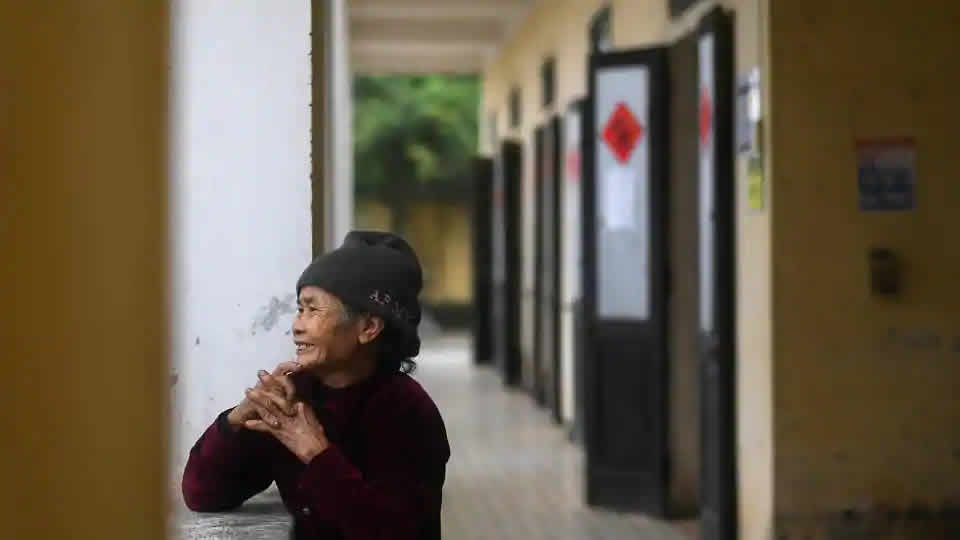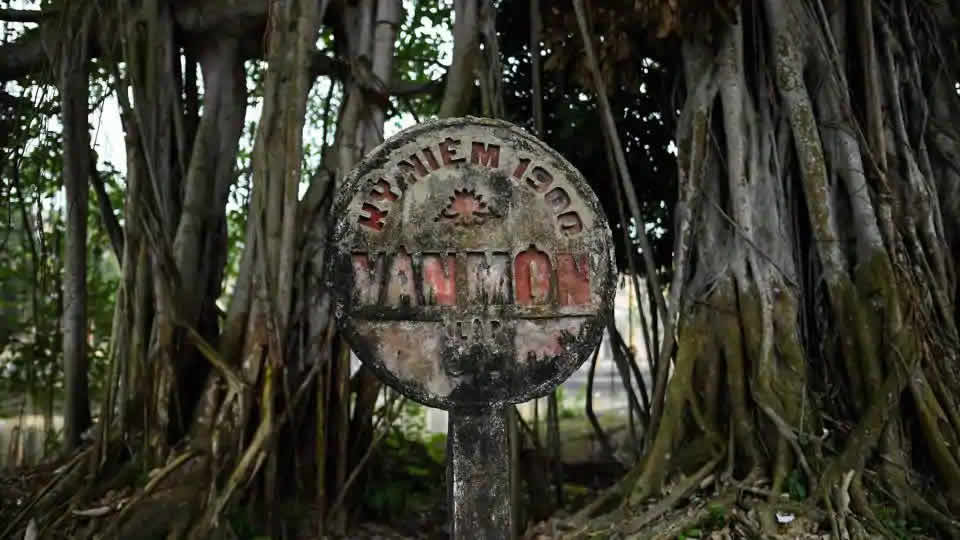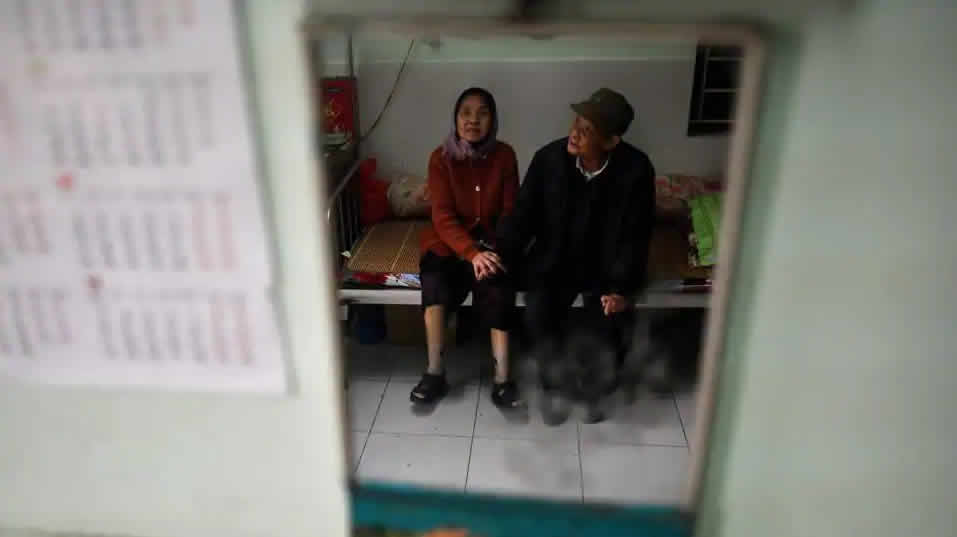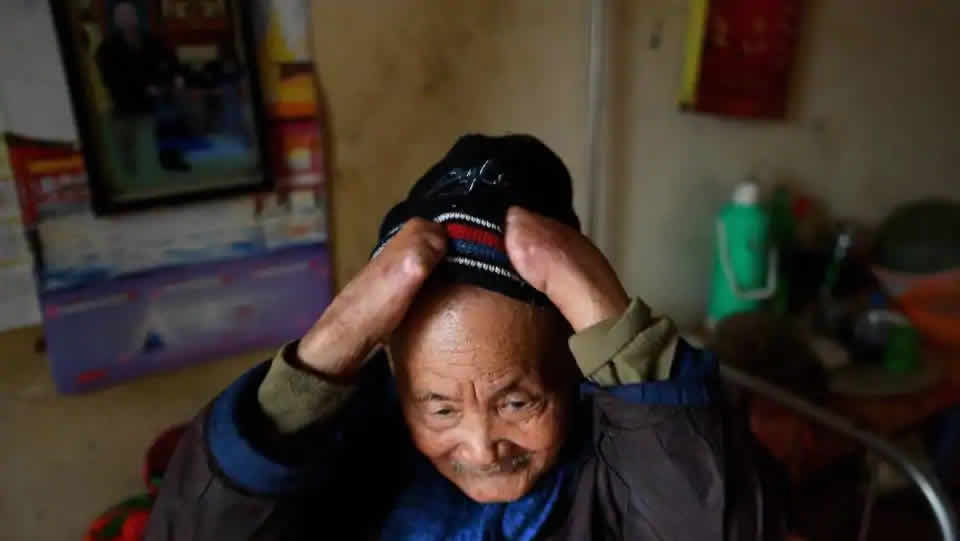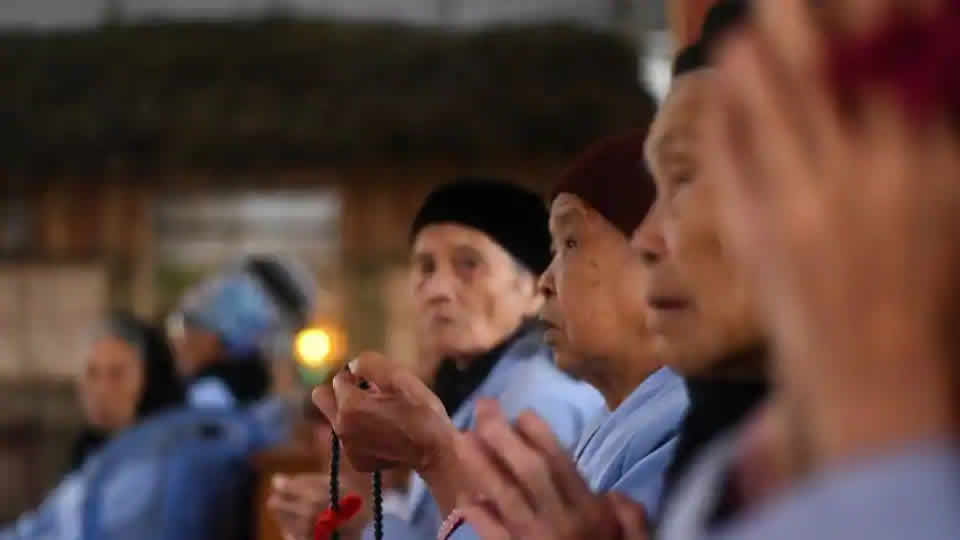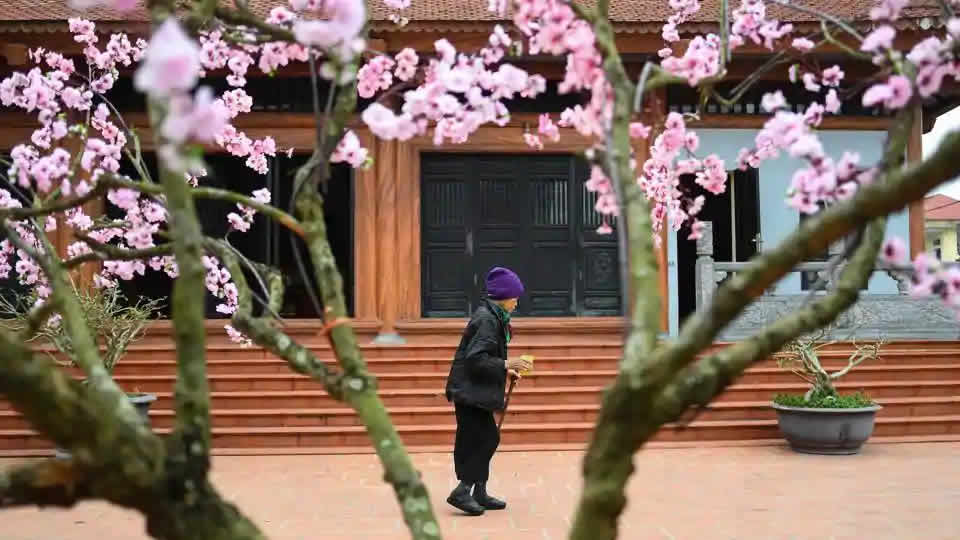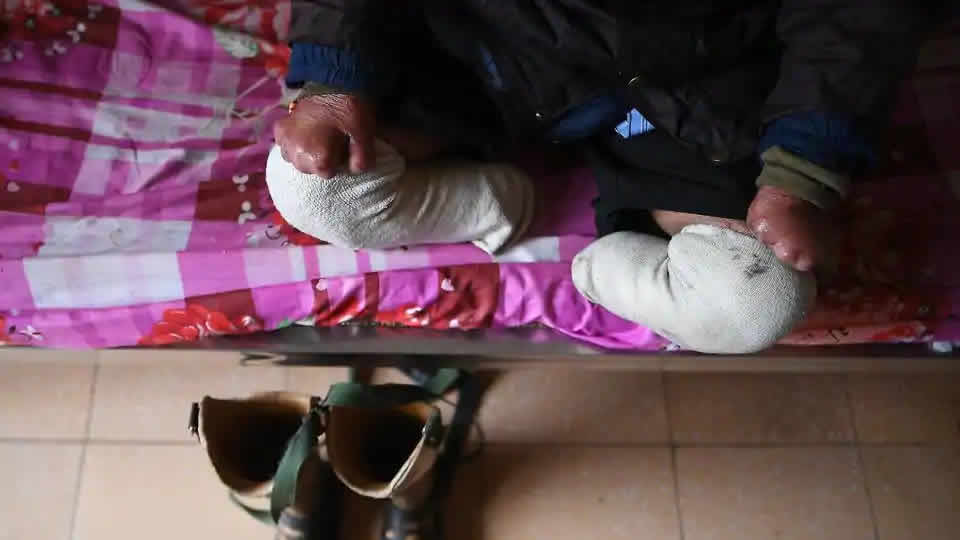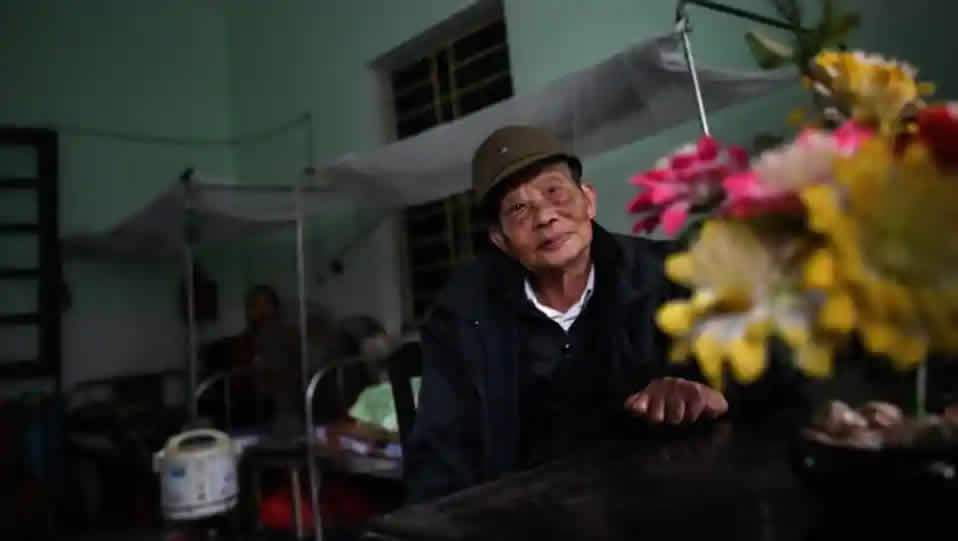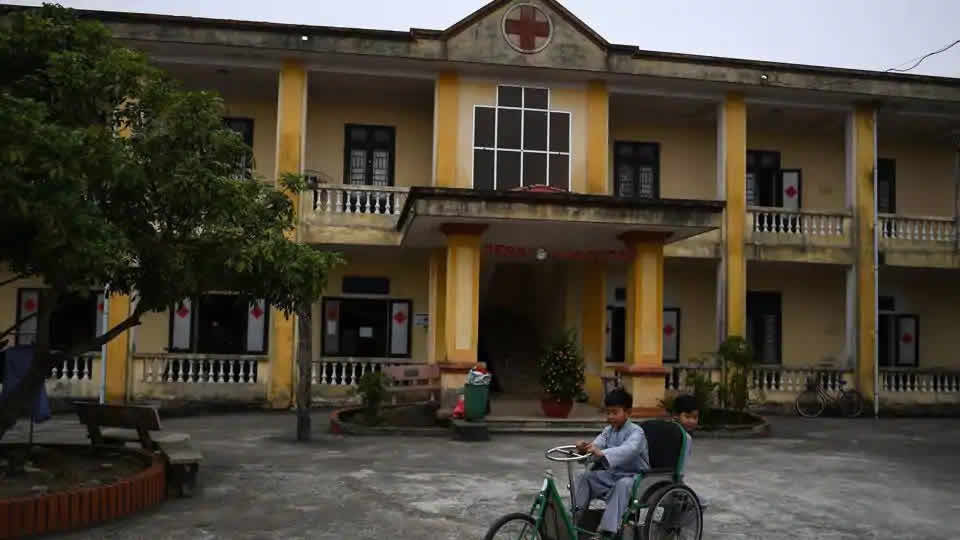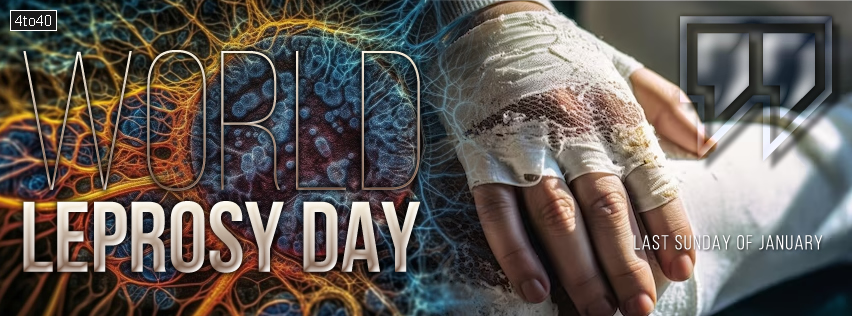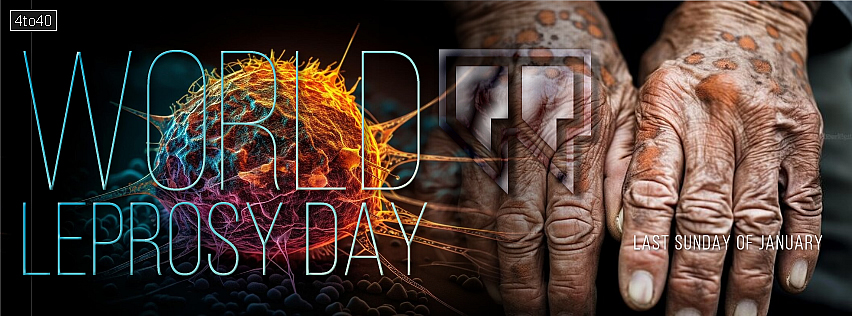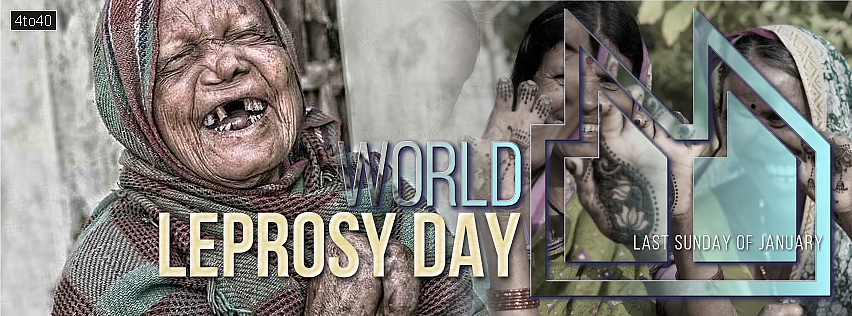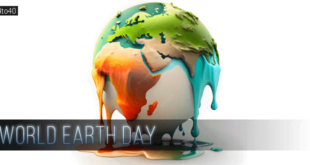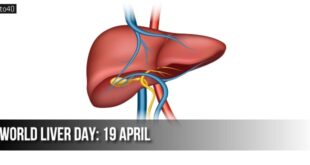World Leprosy Day, observed on the last Sunday of January, focuses on the target of zero cases of leprosy-related disabilities in children. Disabilities do not occur overnight, but happen after a prolonged period of undiagnosed disease. Early detection is key to achieve this target, alongside scaling up interventions to prevent leprosy transmission.
Leprosy affected 212,000 more people globally in 2015. Of them 60% were in India. The other high-burden countries were Brazil and Indonesia. Of the new cases 8.9% were children and 6.7% presented with visible deformities. WHO urges countries to scale-up interventions with a focus to avoid transmission of leprosy. An intensified, all-inclusive approach can prevent thousands of infections every year.
Anti Leprosy Day / World Leprosy Day 2025:
Celebrated On: Last Sunday of January
Year 2025: 26 January, 2025
Year 2026: 25 January, 2026
Anti Leprosy Day / World Leprosy Day 2025 will be celebrated all over India at Sunday, on 26th January.
What’s special on Anti Leprosy Day:
On this occasion, a campaign named as the ‘Sparsh‘ Leprosy Awareness Campaign, is being organized in all the Gram Sabhas throughout the country by Central Leprosy Division, Directorate General of Health Services Ministry of Health and Family Welfare. It is to pay homage to the Bapu by giving place to the leprosy affected people in family and society. This awareness campaign includes the following important information about leprosy to help leprosy affected people:
- Free of cost multidrug therapy is available at all government dispensaries, health centres and hospitals to provide complete treatment to the leprosy affected people.
- This facility is given to all the leprosy affected people because only timely treatment prevents disability (caused by leprosy).
- Some important symptoms of leprosy are like light color patches, redness, swelling and nodule formation over the skin. Person, who notice any of the above symptoms, must contact his / her nearest government dispensaries, health centres and hospitals in order to get early treatment and remain away from disability.
About Anti Leprosy Day / World Leprosy Day:
28th January, is celebrated every year as the Anti Leprosy Day (World Leprosy Day) all over the India in order to re-memorize his selfless efforts and care for the people affected by the infectious disease leprosy (also known as the Hansen’s disease). It is celebrated to understand the real need to fight against the leprosy. Anti-Leprosy Day campaign is celebrated in the schools premises by showing the presentation as well as movie to the students to aware them towards the much infectious disease Leprosy.
Anyone can be affected with this disease, so the day is celebrated to make aware the people about the scientific reasons of leprosy as well as its medical cures. It would be celebrated at the same day at 30 January in the year 2014 in order focusing on the attention of people and their awareness about this air-borne disease. The day is also celebrated in the memory of Mahatma Gandhi who had tried very much for the eradication of leprosy. Several programmes are organized at this day all across the India to share the message with people to fight against leprosy and let them know that the disease is completely curable.
According to the report it has been noted that there is a mark reduction in the disease rate as the Government of India has made available the multi-drug Leprosy treatment (NLEP-National Leprosy Eradication Program) free of cost at all government health centers all over the India. Leprosy is the oldest recorded diseases in the world which is an infectious chronic disease which targets affecting the nervous system (specially the nerves of the hands, feet and face). The diseased patients were nursed by the Mahatma Gandhi Ji at the Sabarmati ashram.
A free check-up camp is organized at the anti leprosy day celebration for the leprosy patients at each health centers which effectively changes the attitudes of people towards the disease. It is a disease caused by the bacteria (Mycobacterium laprae), it is not the hereditary disease, so it is fully curable by the regular and adequate treatment which is very necessary to cure the disease and prevent its disabilities. The Government of India has made a plan to completely eradicate it from the India by the distant goal named Leprosy Elimination Target. Variety of leprosy control activities has been launched by the World Health Organization for further reducing the disease worldwide.
The celebration of the day targets to aware people about disease myths such as it is not spread by simply touching affected person.
Objectives of Celebrating Anti Leprosy Day / World Leprosy Day:
- To raise the leprosy awareness among people.
- To offer help to those affected by disease through the regular and free of cost treatment they need.
- To make the diseased person psychologically strong and help them to cope up with physical impairments of skin sores and nerve damage.
- To ascertain that all affected persons are getting the necessary treatment, rehabilitation and care or not.
- To estimate the marked decrease or increase in the rate of spreading disease.
What is leprosy?
Leprosy, also known as Hansen’s disease, is a chronic infectious disease caused by Mycobacterium leprae. The disease mainly affects the skin, the peripheral nerves, mucosal surfaces of the upper respiratory tract and the eyes. Leprosy is known to occur at all ages ranging from early infancy to very old age. Leprosy is curable and early treatment averts most disabilities.
Transmission
The exact mechanism of transmission of leprosy is not known. At least until recently, the most widely held belief was that the disease was transmitted by contact between cases of leprosy and healthy persons. More recently the possibility of transmission by the respiratory route is gaining ground. There are also other possibilities such as transmission through insects which cannot be completely ruled out.
Signs / Symptoms and Diagnosis
Clinical signs are easy to observe. In a country or area with a high incidence of leprosy, an individual should be regarded as having leprosy if he or she shows ONE of the following cardinal signs:
- skin lesion consistent with leprosy and with definite sensory loss, with or without thickened nerves
- positive skin smears
The skin lesion can be single or multiple, usually less pigmented than the surrounding normal skin. Sometimes the lesion is reddish or copper-colored. A variety of skin lesions may be seen but macules (flat), papules (raised), or nodules are common. Sensory loss is a typical feature of leprosy. The skin lesion may show loss of sensation to pin pick and / or light touch. Thickened nerves, mainly peripheral nerve trunks constitute another feature of leprosy. A thickened nerve is often accompanied by other signs as a result of damage to the nerve. These may be loss of sensation in the skin and weakness of muscles supplied by the affected nerve. In the absence of these signs, nerve thickening by itself, without sensory loss and / or muscle weakness is often not a reliable sign of leprosy.
Leprosy can be classified on the basis of clinical manifestations and skin smear results. In the classification based on skin smears, patients showing negative smears at all sites are said to have paucibacillary leprosy (PB), while those showing positive smears at any site are said to have multibacillary leprosy (MB).
Leprosy Treatment:
Leprosy is curable with a combination of drugs known as multidrug therapy (MDT), as the treatment of leprosy with only one antileprosy drug (monotherapy) will result in development of drug resistance to that drug. The combination of drugs used in the MDT depends on the classification of the disease. Rifampicin, the most important ant leprosy medicine, is included in the treatment of both types of leprosy. For the treatment of patients with multibacillary leprosy, WHO recommends a combination of rifampicin, clofazimine and dapsone; for patients with paucibacillary leprosy, MDT uses a combination of rifampicin and dapsone.
Access to treatment:
Multidrug therapy (MDT), first recommended by a WHO Expert Committee in 1984, rapidly became the standard treatment of leprosy and has been supplied by WHO free of charge to all endemic countries since 1995.
As a major supplier of very close to 100% of global MDT needs, WHO works closely with donors and manufacturers to plan the manufacture, procurement and shipment of the MDT drugs having the maximum available shelf life, at the time most appropriate for each national programme. WHO also arranges independent laboratory testing of the drugs at the manufacturer’s own expense in order to ensure that the finished WHO product is the best available for national programmes. Such testing is considered essential to maintain the confidence of national programmes in the donated product.
In order to meet emergency requests for MDT, WHO maintains at the donor’s expense, substantial buffer stocks at the manufacturing plant. Currently these buffer stocks are equivalent to around 40% of global annual requirements but vary depending on perceived need. To ensure a rapid response to requests for smaller emergency supplies, WHO maintains additional buffer stocks at its headquarters in Geneva and Regional Office in Manila. Response times from WHO Geneva are typically 48 hours and most dispatches are made via courier.
 Kids Portal For Parents India Kids Network
Kids Portal For Parents India Kids Network
